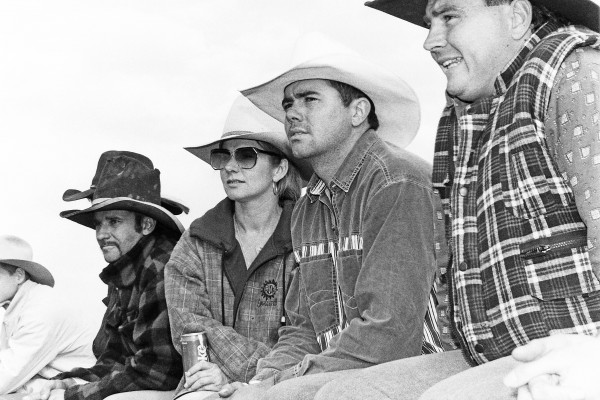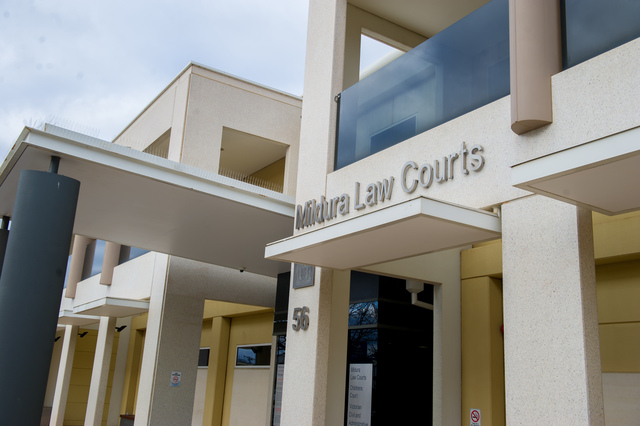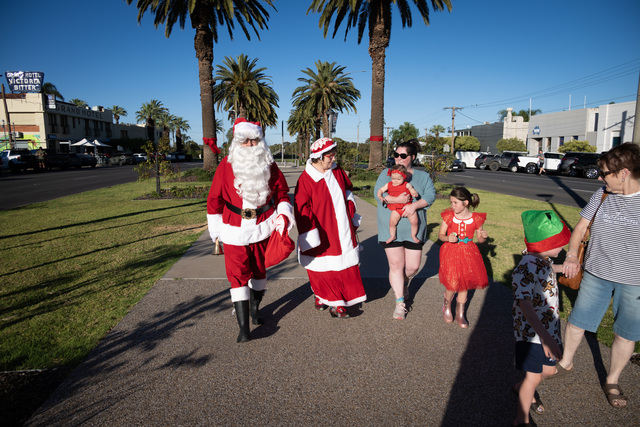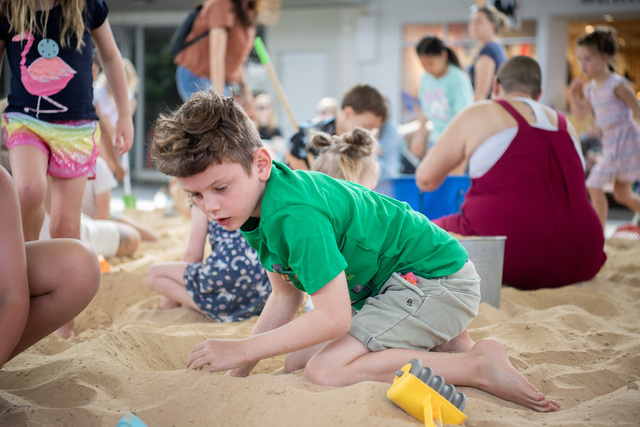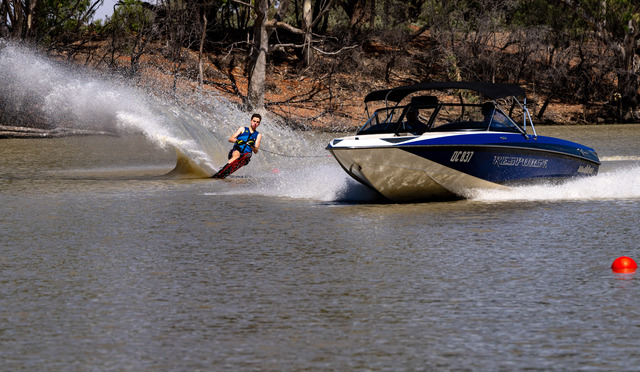June 6-12, 2021: Presented by Mildura & District Historical Society. Compiled by Ann Ziguras and Sue Kelly for Mildura Rural City Council Service.
SLOGAN: Stake Your Claim! Travelling enlarges your mind, but reduces your stocking. The rolling stone that gathers no moss sustains many painful bumps. If you would accumulate gear, drive in your pegs and pitch a permanent camp. The journeyman was formerly the mechanic that travelled to acquire efficiency before he hung out his shingle as a master tradesman; today men “travel” because they are inefficient, or dissolute in habits or unstable in mind. Don’t be a sort of Sunday clothes sundowner meandering aimlessly over the continent. You’ll never bear fruit until you take root.
100 YEARS AGO
ANGLING: The Australian Aboriginal was not confined to the spear for his fishing. He constructed most elaborate stone weirs and channels and palisaded traps; he used woven eel-baskets and nets of all meshes and dimensions, and employed poisonous herbs to stupefy the fish in water-holes and bring them to the surface. In addition, he used the hook and line, or rather (according to Collins, the historian of early New South Wales), the females used them, for, as he puts it: “The men killed the fish with the fiz-gig (as the multi-pronged spear was then called), while the females used the hook and line.” It would appear, however, that the use of the hook and line was confined to the coast, the net, trap and spear being relied on for the inland waters. Nor was the elaborate form of curved hook known in the southern parts of Australia, though, according to Brough Smyth, the Rev. Mr Bulnier (once missionary at Yelta and for many years in charge of the station at Lake Tyers) had a curved bone fish-hook that came from Gippsland. This is possible, as it was identical in shape with those once used on the eastern coast from Twofold Bay to Cape York; and right through Gippsland to that cape the tribes were friendly and had interchange. The southern fish-hook, however, hardly merits the term hook, for it was merely a piece of bone or probably wood, sharpened at each end with either short, blunt or long sharp points. These were tied on a line and bad a bait fastened on them, the bait usually being chewed to make it tough. The hook was used in two ways: by a sharp jerk, as the fish took the bait, bringing it at right angles to the line, when the fish, instinctively closing its mouth, was easily hauled ashore; or by allowing it to completely swallow the bait, when the gullet would prevent its return. All sizes were made, from half an inch in length to four or five inches, and they are still to be picked up along the Victorian coast line, where the blacks camped near good fishing reefs. The curved hook of eastern Australia is made from shell — the pearl and blacklip shell — from coconut, from tortoise-shell and occasionally from the spines or hard tendrils of plants. It is difficult to conceive that such a contrivance would succeed, but Mr R.A. Johnstone, Dairon River, says he has often seen a blackfellow land a fish with this kind of hook when white men failed with theirs. In addition to the curved hooks, there were more orthodox forms. Along the shores of the Gulf of Carpentaria, the Aboriginals made tortoise-shell hooks, these were fashioned straight in the first place and afterward bent into the required form with the use of heat. These two last forms, as probably also the crescent-shaped hook, apparently betray some contact with the South Sea Islanders, whose hooks, however, are almost invariably used without bait.
BOXING: Billy Shade (12.31), of America, knocked out Albert Lloyd (12.92), of Australia, at the Sydney Stadium in the fourteenth round. For the first ten rounds Lloyd had the best of matters, but after that he went to pieces under an incessant rain of blows in the twelfth and thirteenth rounds. The Australian was bought to a standstill, and his face was smothered in blood. Lloyd was so weak that a light tap on the head nearly dropped him. In the fourteenth session he was down for five seconds: he rose, and was sent down again. At the count of eight Lloyd got to his feet, but the referee intervened, and declared Shade the winner.
FOOTBALL: The first match in the North-Western Mallee Football Association was played at Ouyen on Saturday between Ouyen and Murrayville. The visitors proved victorious. The Murrayville team travelled with its team and supporters from Cowangie and Walpeup. The game at Ouyen opened with an attack on the Murrayville goal, which was blocked. Walpeup and Cowangie teams met at Walpeup and the home team beat Cowangie bv 44 points to 15 points. Underbool had a bye. The visiting team were entertained at tea by Mr E. Arnold, the president of the Ouyen football club, at the Blue Bird Cafe. The vice-president of the Murrayville Football Club, Mr C. Wheeler, thanked the Ouyen club for their kind reception and Mr Arnold for his hospitality.
75 YEARS AGO
IMMUNISATION: Pioneers in Victoria in the large-scale immunisation campaigns against diphtheria, the Mildura City and Shire councils have opened a new offensive against the disease. Recently the Shire Medical Officer of Health (Mr H. N. Zimmer) accompanied by the Health Inspector (Mr A. D. Harvey) and the City Health Inspector (Mr B.N. Pickford), travelled 140 miles through the Millewa to immunise preschool children against the whooping cough. This is the biggest campaign yet undertaken in Victoria against a disease which has taken terrible toll of Australian babies.
UNIVERSITY OF MELBOURNE: The decision of the council of the University of Melbourne to establish a branch of the university at Mildura has been welcomed. Among those who have a justifiable sense of deep satisfaction with the decision is Mr A.W. Barr, organising secretary of the Mildura Development League.
50 YEARS AGO
NANGILOC: Nangiloc State School’s new $7000 swimming pool is believed to be only the third of its kind in a Victorian school. The pool will be officially opened by Mr A.R. Mansell, MLC.
BALLERINA: A coffee lounge will be set up in the Ballerina on Saturday nights for the dancers. This is one of the ideas put into effect to try to get the dance back on its feet again.
EPIDEMIC: A Mildura woman who became known as the “Lady with the Lamp” when a Spanish influenza epidemic hit Mildura in 1918, died in Mildura at the age of 79. Miss Florence Phayer, of Monak, began her career in nursing during the epidemic which swept Mildura and taxed the tiny Mildura Base Hospital.
25 YEARS AGO
RODEO: Australia’s top ropers and riders put on an excitement-packed show for more than 1500 people at this year’s Tapio Rodeo. The rodeo president Bill Barnfield said crowd and competition numbers had improved substantially on last year. Mr Barnfield said the 15th Tapio Rodeo was the biggest ever, with new events and growing prestige attracting more spectators and competitors. He said the team roping was staged successfully for the first time on Sunday amid cool but dry conditions. Money raised from the rodeo will go towards the Mildura Base Hospital.
STEAM: People of all ages stood back in awe yesterday as 100 years of steam history came to life at the Psyche Bend Pump House. The ancient Psyche Bend boiler and pump were radiating with heat and movement as more than 500 people learnt about the machines unique origins. The day was a steam enthusiasts’ dream with the Paddlesteamer Melbourne, also steam driven, transporting more than 100 people taking part in a special West Coast Rail package tour from Ballarat. Members of the Sunraysia Steam Preservation Society were up at 7am yesterday stoking up the massive boiler with tonnes of belar timber. Over the day organisers said the boiler would use up about 10 tonnes of timber.
GUIDE HUT: The historic Merbein Guide Hut was officially opened on Sunday during a special ceremony at the Old Mildura Homestead by former Merbein Guide leader, Judith Robbins. Present at the opening were Mildura South Rotary Club community services director, Ian McIntosh, and Mildura Homestead Committee chairperson, Max Whiting.
More than 12 months of hard work came together on Sunday when the former Merbein Guide Hut was officially opened. The Mildura South Rotary Club helped relocate the 50-year-old hut from Merbein to its new location after dismantling every piece of historic Murray pine. The hut, which has a Red Gum frame, will now be used as a display centre.

